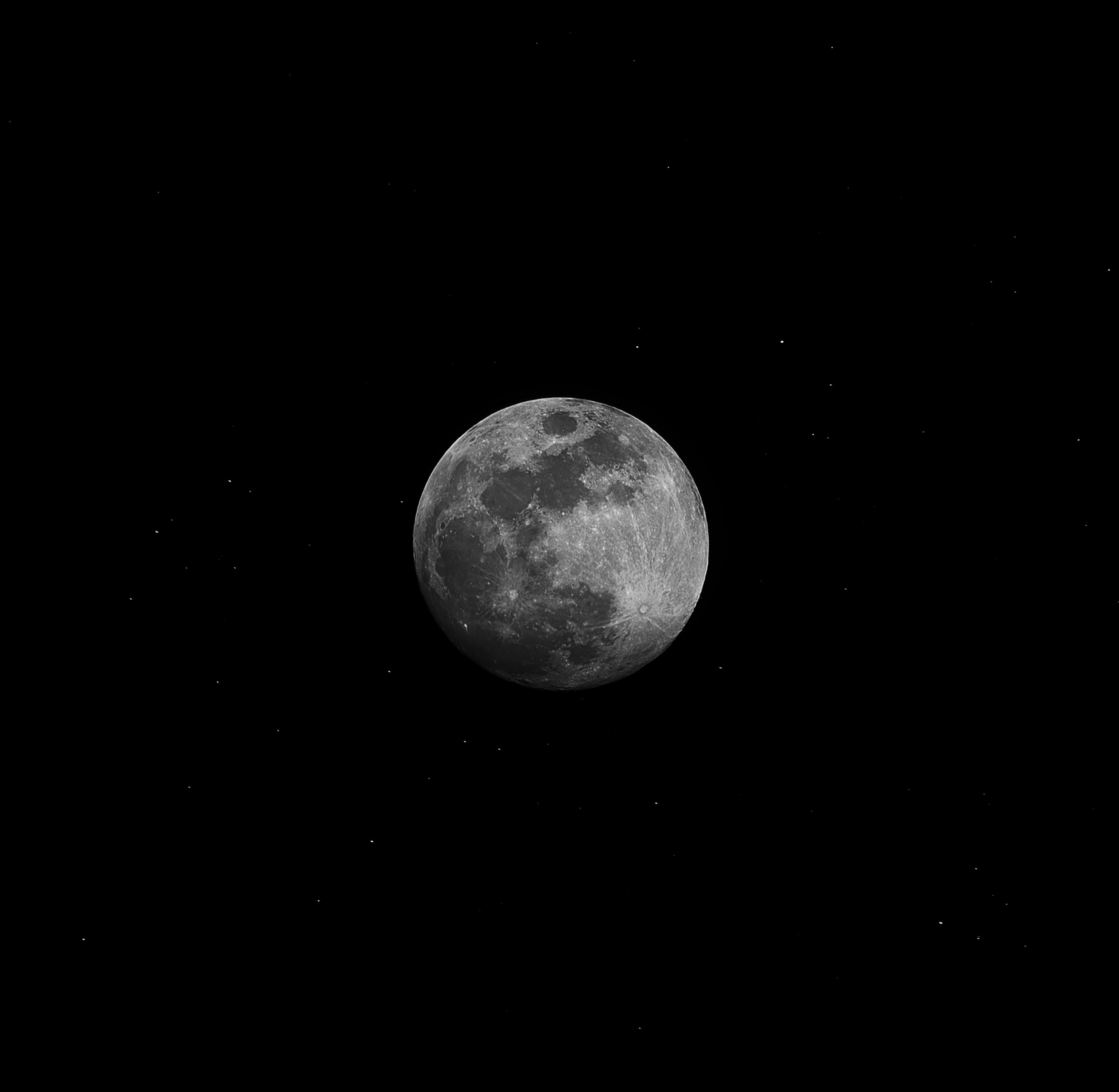Moon as a Feminine Symbol: Exploring the Mystical Connection
Throughout human history, the moon has been intimately intertwined with feminine symbolism and mythology. Often associated with goddesses, femininity, and the cycles of life, the moon has captured the human imagination for centuries. In this deep dive exploration, we will unravel the mystical connection between the moon and its feminine representation, examining its significance in various cultures and its symbolism in literature, art, and spirituality.
The Moon and Feminine Energy
The moon has long been regarded as a representation of feminine energy due to its connection with the feminine cycles of menstruation. Just as the moon waxes and wanes, so do the phases of a woman’s menstrual cycle. This parallel has fostered a deep symbolic link between the moon and femininity.
Furthermore, the moon’s association with cyclicality extends beyond the menstrual cycle. Its monthly phases, from the new moon to the full moon and back, mirror the rhythm of life, the ebb, and flow of nature. Just as the moon governs the tides of the ocean, it is believed to influence the emotional tides within us.
In many ancient cultures, the moon was revered as a powerful deity and personified as a goddess. Let’s explore some of the fascinating myths and goddesses associated with the moon.
Moon Goddesses Across Cultures
1. Artemis (Greek Mythology)
In Greek mythology, Artemis was the twin sister of Apollo and the goddess of the moon and the hunt. She was a fierce and independent goddess, embodying female strength and autonomy. Often depicted with a crescent moon crown, Artemis symbolizes the untamed aspect of womanhood and the nurturing connection to the natural world.
2. Selene (Greek Mythology)
Selene, another Greek moon goddess, was believed to drive her silver chariot across the night sky, illuminating the world below. She represented the gentle and nurturing aspects of femininity, guiding and protecting those who navigated darkness.
3. Chang’e (Chinese Mythology)
In Chinese mythology, Chang’e is the goddess of the moon, known for her immortality and association with the Mid-Autumn Festival. She is revered as a symbol of feminine beauty and grace and is often depicted with a rabbit, symbolizing longevity and fertility.
4. Ix Chel (Mayan Mythology)
Mayan mythology features Ix Chel, the moon goddess associated with fertility, childbirth, and weaving. She represents the stages of a woman’s life, from maiden to mother to crone, and is seen as a protector of womankind.
5. Hina (Polynesian Mythology)
Hina, the Polynesian moon goddess, embodies the cyclical nature of existence. She is revered as the mother of the Hawaiian people and is associated with creation, creativity, and transformation.
These are just a few examples of the multitude of myths and goddesses from different cultures that feature the moon as a feminine symbol. As we can see, the moon is woven deeply into the fabric of human spirituality and symbolism.
The Moon in Literature and Art
Over the course of history, the moon’s feminine symbolism has not only captivated the minds of spiritual and mythological belief systems but has also influenced literature and art.
Throughout classic literature, the moon is often romanticized as a guide, a muse, or a symbol of inner reflection. Writers like William Shakespeare frequently used moon imagery to express love, longing, and the complexities of human emotions. In his play “A Midsummer Night’s Dream,” for example, the moon becomes a metaphoric presence that influences the lives of the characters and represents the mysterious nature of love.
Similarly, in art, the moon has been a common motif. From Vincent Van Gogh’s famous painting “Starry Night” to Chinese ink wash landscapes, the moon often takes center stage. Its soft glow and mesmerizing presence evoke tranquility and introspection, inviting viewers to explore the depths of their emotions.
Moon Symbolism in Spirituality
Beyond its representation in mythology, literature, and art, the moon holds significant symbolism in various spiritual practices. In astrology, for instance, the moon is linked to emotions, intuition, and the subconscious. It represents nurturing energy and the ability to adapt to life’s ever-changing circumstances.
In paganism and Wicca, the moon plays a vital role in rituals and celebrations. Drawing power from the different phases of the moon, practitioners harness its energy for manifesting intentions, unleashing creativity, or performing divination.
The full moon, especially, is believed to amplify energy, making it an opportune time for healing practices, meditation, and the release of negativity. It is during the full moon that many individuals feel a deeper sense of connection to their own femininity and the cosmic forces that surround them.
Conclusion
The moon and its feminine symbolization have left an indelible mark on human history, touching various aspects of our existence, from mythology and literature to art and spirituality. Through its connection with the cycles of life, mysticism, and the human experience, the moon continues to inspire, empower, and guide those who gaze upon its ethereal glow.
As we embrace the moon as a feminine symbol, we honor not only the goddesses and myths that it represents but also the intrinsic connection between femininity and the natural world. The moon reminds us of our own inner cycles, intuition, and capacity for transformation. So, let us bask in its silvery light, embracing the wisdom and power it bestows upon us.
Table of Contents
